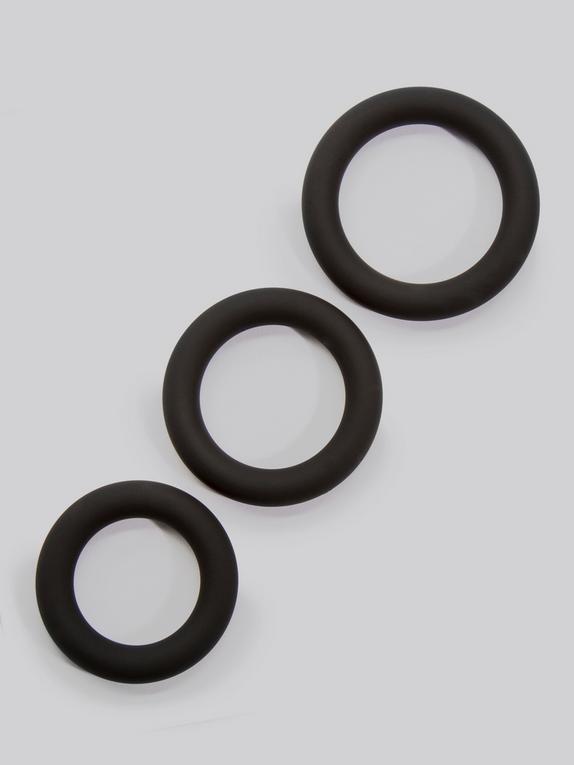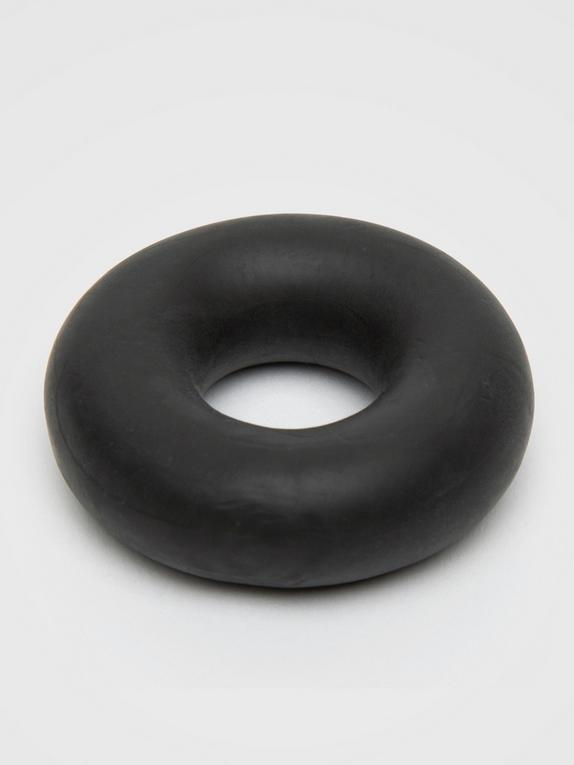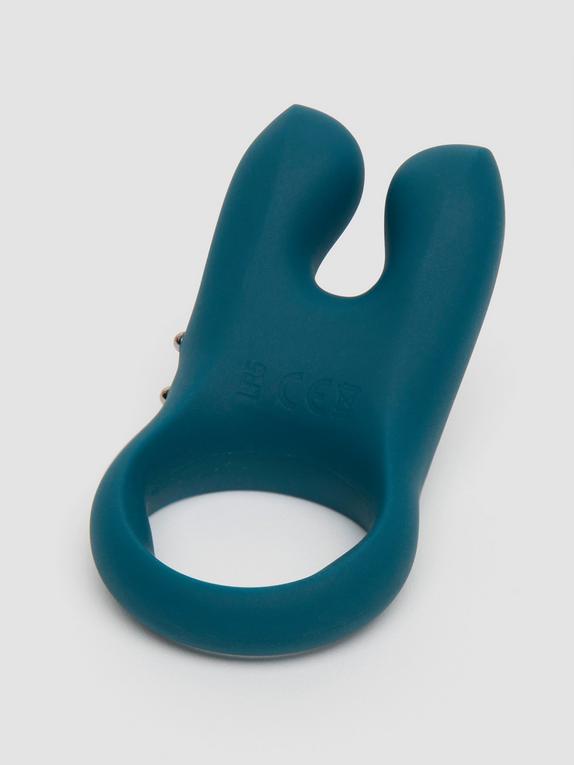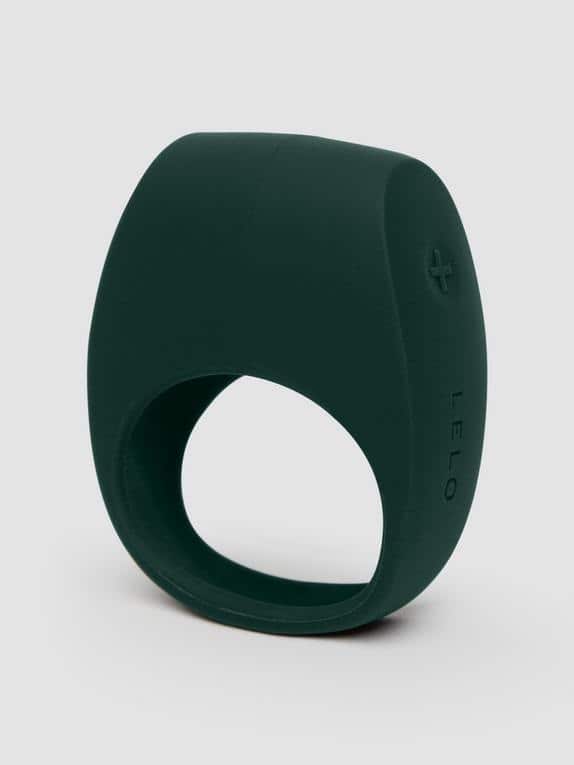Advertising disclosure: This content contains affiliate links and sponsored product placements. That means that if you make a purchase through one of these links, we receive a commission. See our Advertising Disclosure page for more info.
Table of Contents
If you are having difficulty with erections, you may relate to this scenario…
You lost weight, you moderated your alcohol intake, you stopped smoking, and yet the erections were still not satisfactory. The doctor gave you a thorough check-up and no serious problems emerged. He/she gave you a prescription for Viagra or a similar medication. You have heard about the side effects of the medication and besides, you are just not much of a medication taker. You ask yourself, are there other options?
The answer is YES—sex toys. They are fun, safe, and can open a non-medical world of sexuality for you and your partner.
What about the “ring?”
The “ring” is a simple toy. It is called a penis ring, cock ring (c-ring), or erection ring. What is it and how does it work?
The ring is placed over a flaccid or semi-erect penis to its base, some rings can be placed over the penis and the scrotum. Penis rings are usually stretchy and made of rubber or silicone.
Rigid rings made of metal, glass, or wood are also available. However, these are more complicated to buy because you must have the exact circumferential measurement of your erect penis. They are also potentially dangerous.
I recommend the stretchy variety and favor those made of silicone because of the ease and comfort of use. No measurements are necessary and they are inexpensive, so you can buy 2-3 of different sizes to see which works best for you.
OK, but how do cock rings work? How might it help me?
Rings are ideal for men who can get an erection but cannot maintain it for penetration.
As odd as it sounds, erections begin in the brain, due to something you saw, felt, smelled, heard or through tactile stimulation. The brain sends signals that cause blood to flow through the arteries into the penis, making it erect. At the same time, the veins close up, preventing the escape of the blood.
After 50 or because of illness, medication, or injury, the veins may not close up well enough to maintain the blood in the erect penis, and it flops. A penis ring takes over that function of keeping the blood in the penis by restricting the blood flow out without restricting the blood flow in.
So how do you use a penis ring?
The ring is placed around the base of the flaccid or semi-erect penis (and sometimes the scrotum as well) and kept on during intercourse. To remove the ring after intercourse, slowly roll it off. Keep a water-based lubricant close to make the removal more comfortable.
If a ring is left in place for more than 20 minutes, tissue damage may occur. Never go to sleep wearing a ring.
Besides helping maintain an erection, what do cock rings do?
Here are a couple of bonuses of ring use.
1. A ring can increase the sensitivity of the penis and the intensity of the orgasm.
2. There are rings with vibrators and/or stimulating nubs, to enhance not only your pleasure but also that of your partner. These are sometimes called couples rings.
You can find a whole range of couples rings from simple to elaborate. Some provide extra stimulation to the clitoris, some to the perineum, and some can be worn in different ways to stimulate different areas. When choosing one, I recommend always looking for body-safe materials and quality construction.
What is the take-home message?
Penis rings are an option for those who can get an erection but cannot maintain it for intercourse. They can also increase sexual pleasure by changing the way an erection feels. They are generally simple and inexpensive.
This article is the 2nd in a series of an in-depth look at the role of sex toys in the treatment of ED. Please us know if you have any questions on the Ask the Expert page.
Advertising disclosure: This content contains affiliate links and sponsored product placements. That means that if you make a purchase through one of these links, we receive a commission. See our Advertising Disclosure page for more info.









